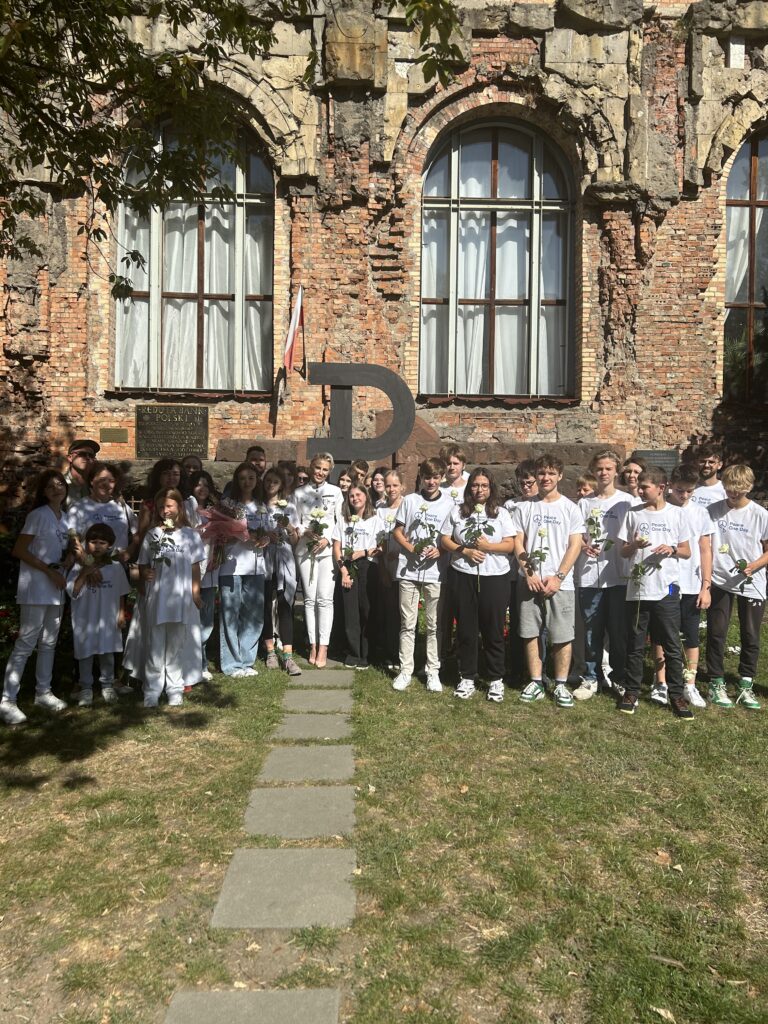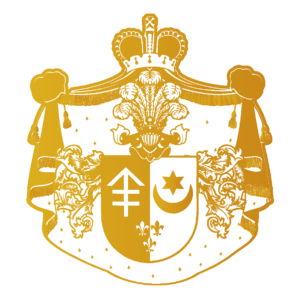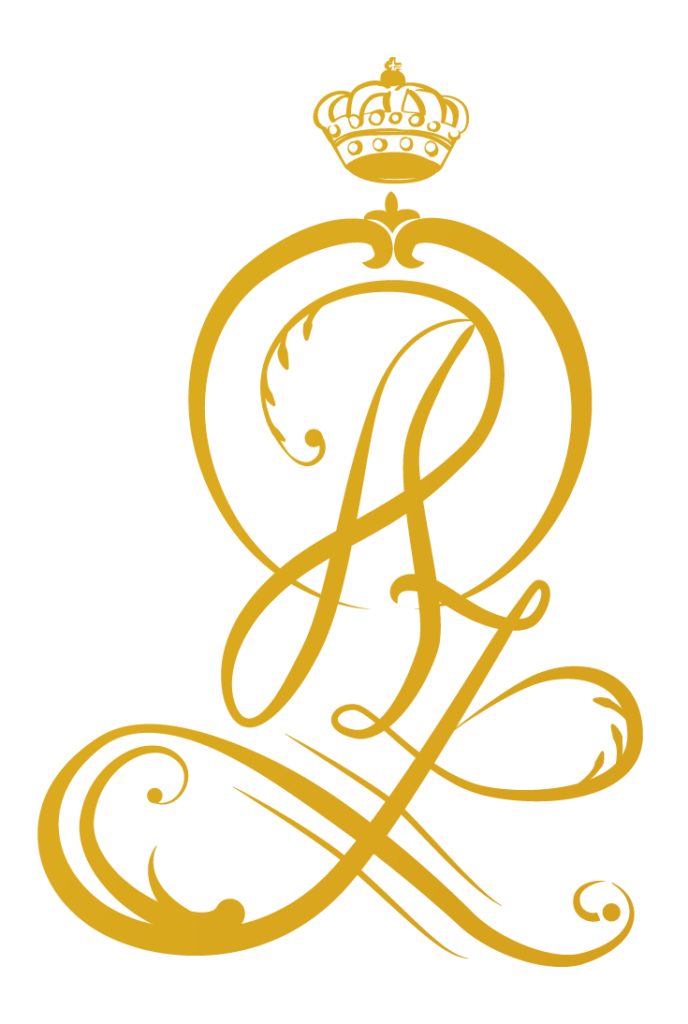Peace Education

Peace Education
During the International Day of Peace, Angelika Jarosławska Sapieha took a group of students to places in Warsaw that suffered during World War II. Among them there was the tomb of the unknown soldier, at the place, which was once the Saxon Palace, which will be rebuilt in the future. They laid flowers to commemorate all those who died fighting for freedom and human rights.
Built in 1666 and destroyed in 1944 by the Nazis, the Pałac Saski (Saxon Palace) was the residence of the Morsztyn family and royal dynasties and even Chopin.
The remains of the Palace is now the tomb of the unknown soldier.
The Saski Palace was the site of the “battle of minds” securing the future of the freshly reborn Polish state – officers and cryptologists responsible for breaking the Red Army’s ciphers worked here, directly contributing to the Battle of Warsaw victory in 1920. A decade later, another impossible task was undertaken within the walls of the Palace – this time the task was to break the “Enigma” cipher.
This specific campaign was initiated by prominent mathematicians: Marian Rejewski, Jerzy Różycki and Henryk Zygalski.
In the last days of December 1932, they succeeded and broke the code used by the German encryption machine.
Many important figures in our history are associated with the Saski Palace.
One of them is Frederic Chopin, who lived with his family in the right wing of the building until 1817. It was here that his musical genius manifested itself – he composed his first works here: Polonaise in B-flat major and Polonaise in G minor.The 1920s and 1930s saw the thriving of Polish applied arts.
The Palace, rebuilt under the direction of architect Bohdan Pniewski, became the hallmark of that era. Other Polish diplomatic missions also followed suit, soon becoming venues that played an important role in promoting Polish design.
No more war.




